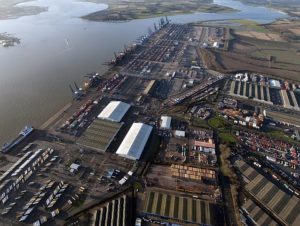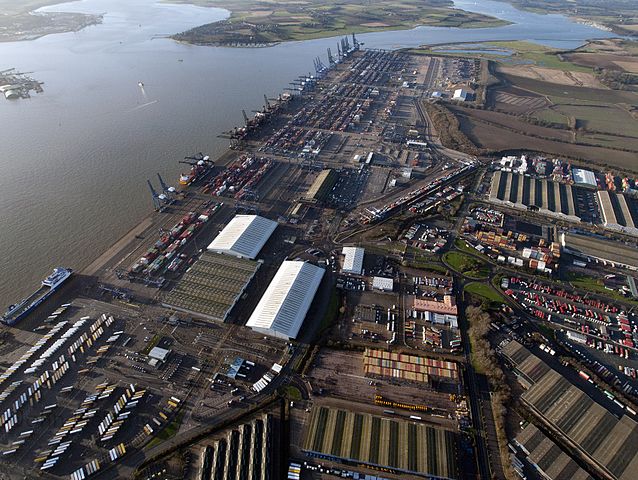 Cheaper production and material costs as well as weaker demand have driven the price of new container equipment down to record lows and is forecast to fall further during 2016, according to the latest edition of the Container Census report published by global shipping consultancy Drewry.
Cheaper production and material costs as well as weaker demand have driven the price of new container equipment down to record lows and is forecast to fall further during 2016, according to the latest edition of the Container Census report published by global shipping consultancy Drewry.
The container equipment index price at the end of 2015 was US$1,450 per CEU, or container equivalent unit (or 20-foot standard unit), down from $1,900 a year earlier. The average price for the year was $1,750, down 15% from 2014, and by the end of 2015 the index had fallen close to the all-time low of 2001-2002.
“Some of the recent price fall has resulted from the weakening state of the global economy and the decline in trade demand,” said Drewry’s lead analyst for container equipment Andrew Foxcroft. “Drewry is forecasting a further possible fall in the overall price for 2016, as it dipped briefly to $1,300 by the second quarter.”
By end-2015, the new-for-old replacement cost of the global box fleet was down to $77 billion, compared to $90 billion or greater for each of the preceding five year-ends (2010-2014).
The global container equipment fleet amounted to 37.6 million TEUs at the end of 2015, having increased in size by 3.8%, or 1.36 million TEUs during 2015. This increase was lower than at any time previously, apart from 2009 when the box fleet actually shrank, and was prompted by the weakening state of the global economy and a further decline in trade demand.
The fleet is expected to expand at a similarly low rate, with a maximum of 4% to 5% a year being forecast for 2016-2019.
The weaker growth in 2015, which has affected the global container fleet as a whole, was also accompanied by a significantly poorer showing by the box lease industry. This—as opposed to the shipping line sector—was to suffer more from the downturn in demand, as indicated by its proportionally lower rate of fleet expansion.
The biggest numerical growth, 6.4%, again occurred within the maritime 40-foot high cube fleet of principally dry freight and reefer containers, as against 3% for the 20-foot counterpart. This increase amounted to a net addition of 1.15 million TEUs as 40-foot high cube, as against 333,000 TEUs of the 20-foot unit.
“The 40ft high cube fleet is forecast to continue expanding at a faster rate than the maritime fleet as a whole. This gain will come at the further expense of 40ft equipment, leaving the 20ft share intact and unchanging,” said Foxcroft.
Photo: John Fielding





